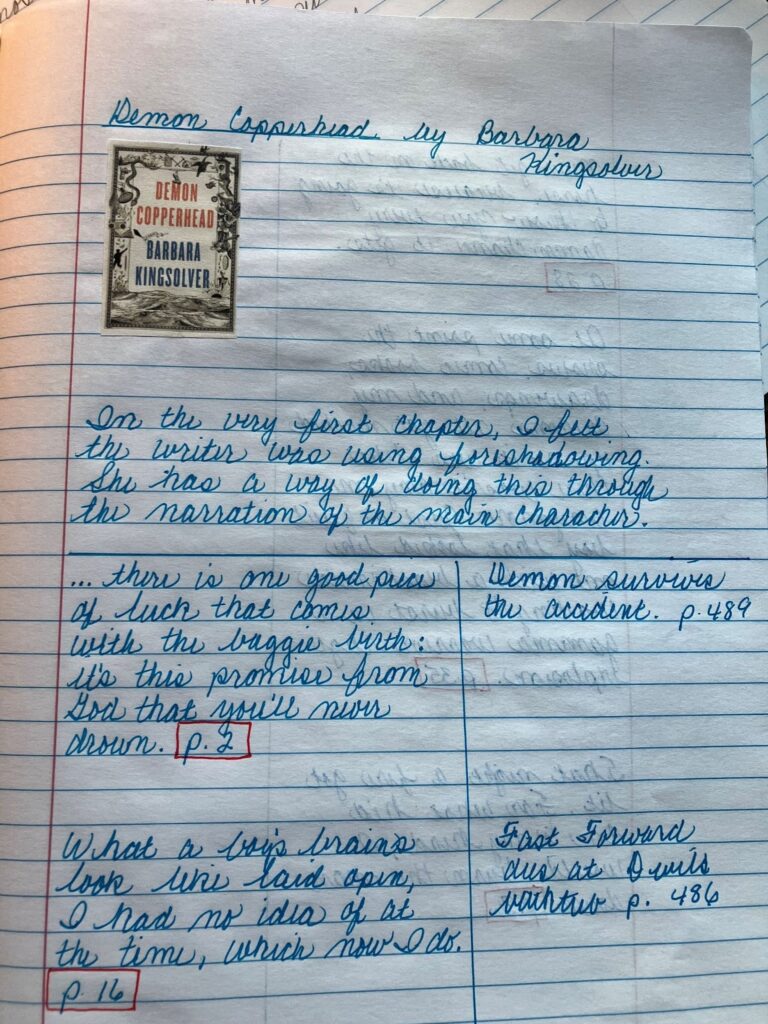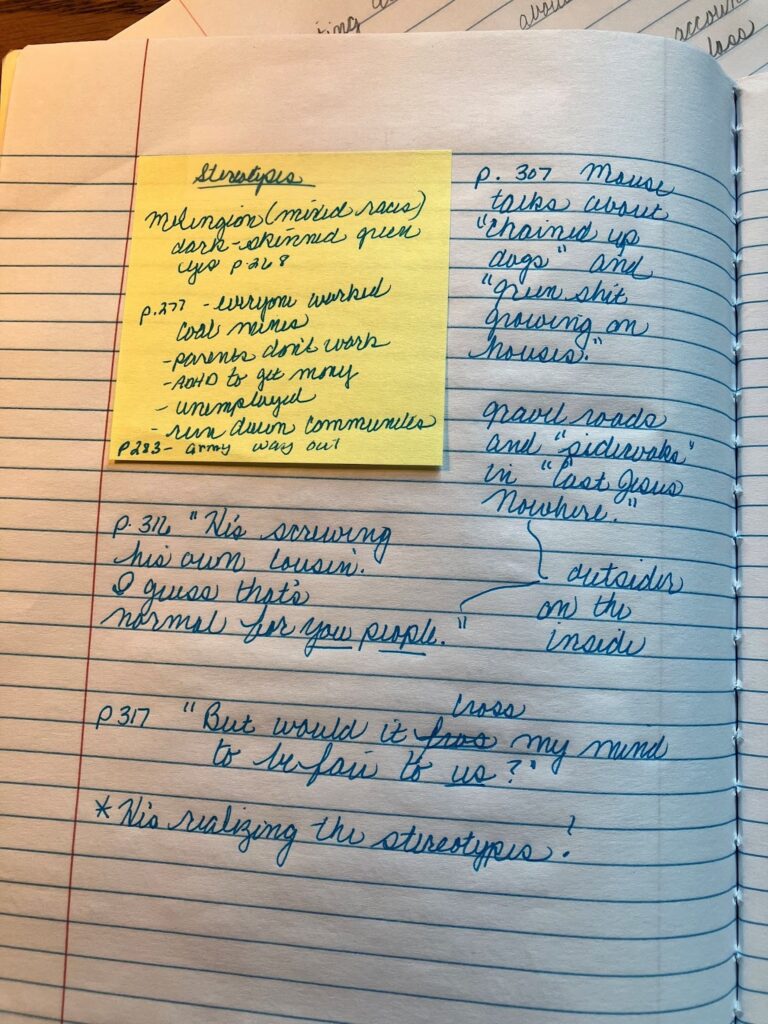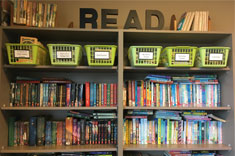I have a love/hate relationship with writing about reading. I have tried different ways to introduce and teach it to my students. But honestly, it always felt fake to me. Having students write their thinking on a sticky note just for the sake of writing on a sticky note did not feel authentic. Neither did having students write a letter to me in their notebooks. And then there is the dreaded accountability question from other teachers and administrators: “How are you going to know they read it?”
Because I disliked these practices, my expectations were lowered. Writing about reading slowly disappeared from my instruction, and I expected less from my students. Right or wrong, this was my reality.
I understand the purpose, benefits, and research of writing after reading a text.
Writing about reading…
- encourages deeper thinking about the text,
- strengthens comprehension,
- prepares readers for class discussions,
- develops vocabulary,
- provides a study of craft moves,
- creates a springboard for other writing pieces,
- provides a place for quoting and citing text, and
- explores answers to questions.
Yes, students learn when they write about our reading, but there is a time and place for this type of writing. Because we live in a standardized world, we have to teach our students to read a text and write about it, and I do that.
But what about independent reading? Do we risk jeopardizing the joy of reading when we ask students to regularly write about it or require a certain number of sticky notes?
When it came to my independent reading, I had some unanswered questions to which I needed answers. But more importantly, I knew I needed to do the work to find them.
I began a small action research project to explore these questions:
- Why do I write about reading?
- How do I write about reading?
- Is it authentic?
I knew I could not read a middle-grade book, which is what I mostly read because I believe it is important to read what my students read. For this project, I decided to read a book I knew would be challenging, one that would push my thinking. I chose Demon Copperhead by Barbara Kingsolver. I gathered a notebook, pens, and, yes, even some sticky notes, and began my journey.
As I read, I began to lose track of the characters. I also noticed the author used foreshadowing. When I stopped reading, I sometimes had to reread parts of the book to remember what was happening. I began seeing what I thought was the development of a big idea about stereotyping. Ideas were forming in my head that I wanted to explore, but I couldn’t keep track of them. I knew my comprehension was suffering, and writing about my reading became my tool.
I made a T-chart in my notebook. On one side, I collected examples of foreshadowing. On the other, I noted whether they happened later in the story. As I continued reading, I realized that the author used foreshadowing as a craft move to create the character’s voice by warning the reader that life is tough. I don’t know that I would have determined this if I hadn’t tracked my thinking.

I collected quotes in my notebook that supported two big ideas: People lose their dignity from the impact of stereotypes, and hope supports perseverance. This thinking eventually led to a longer piece of writing.

And yes, I used sticky notes, but it wasn’t always to write my thinking. I used them to mark places in the book where I wanted to return. Because I was so engaged in my reading, I didn’t want to take the time to write about it at that moment.
What did I learn and what does this mean for my students?
- There are many ways to capture thinking. I realized there is no one right way to write about reading. I used many different ways to capture my thinking. The tool depended on where I was in the book, the problems I had with comprehension, and the patterns or ideas I wanted to track. It is important to show students the many different tools they can use and why and when to use them.
- Choice is important. Not only do I need to show students the many different ways to capture thinking, but I also need to give them choices in the tools to use. I wanted control over what I used to track my thinking. Some days I wrote entries in my notebook. Some days I marked places with sticky notes, or I underlined lines and wrote notations in my book. And yes, some days I wrote my thinking on sticky notes. Students deserve these same opportunities to make choices.
- When the text is complex, the thinking is complex. I knew I could not use my typical reading diet (middle-grade fiction) for this project. I needed something complex that would challenge my thinking. I need to encourage my students to do the same. Yes, they can read easy books, but if I want to see authentic thinking, I need to guide them to more complex texts.
- The thinking must be organic. When I set out to try this work, I didn’t have a set of questions that I was required to answer. No one told me I needed to track how the theme was developed, or how the main character changed. My thinking was organic; it came from my own ideas and theories about the book. My students need to have this same type of environment: a place where their thoughts can grow without barriers or requirements.
Writing about reading can be authentic. The work I completed with this project was not all-consuming; it was needed. I needed it to help me comprehend, and I needed it to think more deeply about the text. It opened my eyes and let me see a little more love and a little less hate for writing about reading.
More importantly, I learned teachers need to do the work we ask of our students. How else can we determine if the work we ask them to do is truly authentic?



